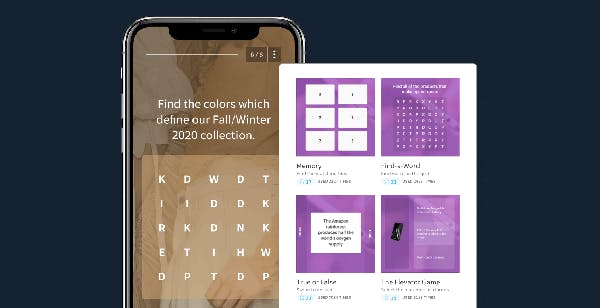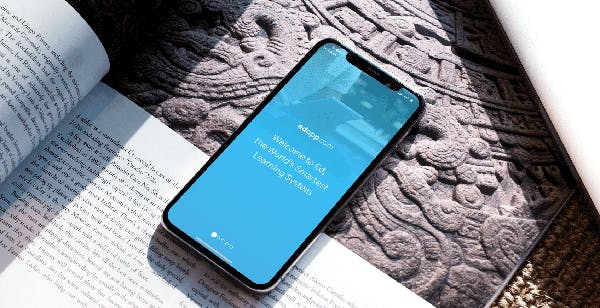Microlearning Techniques

Empowering learners requires motivational means in order for employees to sustain hard and meaningful work. Microlearning is the perfect strategy to implement for driving results in the workplace for its ability to increase productivity and learning completion.
There are various techniques surrounding microlearning, all responsible for different functions, thus a plethora of outcomes. In this article, we will outline the top 5 microlearning techniques used for driving results by empowering learners.
Microlearning Technique #1 – What is Gamification?
Gamification is utilised in training strategies to engage users in an immersive learning experience. It encapsulates the integration of gaming elements, such as point scores, star bars, leader boards and real prizes to intrinsically and extrinsically motivate employees. It works to incorporate tactile functions within training modules, resulting in a sustained productive mindset and corporate success.

Microlearning Technique #2 – Mobile Compatibility
Mobile compatibility embeds a further sense of convenience in learning, whereby users can progress through their training anytime and anywhere. Lessons remain responsive and interactive regardless of what type of device is being used, also meaning that modules can be completed on the go. Whether this is filling time whilst waiting for a flight, on the commute to or from work, or just while you’re watching your favourite Netflix series on a Sunday afternoon. Microlearning is there with you, every step of the way.

Microlearning Technique #3 – Brain Boost
As an extension of spaced repetition (spaced practice), Brain Boost works to reinforce knowledge already exposed to learners in scientifically calculated increments. The cementation of pre-exposed knowledge reinforces the information, storing it in the long-term memory of learners. The fortification of essential information allows for the application of skills into real life, enabling learners to recall information on demand long into the future.
Microlearning Technique #4 – Template Library
EdApp Microlearning Platform provides a vast library filled with a plethora of ready-made templates for users’ access. The templates are responsive, aesthetic and display information in the way best for learners to store information for future retrieval. The templates are all interactive in nature, making them the perfect way for learners to immerse themselves in their learning module.
Microlearning Technique #5 – Social Learning
A social learning platform is beneficial for learners as they are able to learn from peers, thus simultaneously consolidating their own understanding of complex concepts and skills. This occurs through observation, imitation and modelling. The social learning theory, developed by Albert Bandura, is often considered to be the link between behaviorist and cognitive theories as it encapsulates attention, memory and motivation. These elements are all essential for effective collaborative learning, thus contributing to overall organisational success.
If you’re looking for a more in-depth source of microlearning information to distribute to your learning and development professionals, check out our Microlearning pdf to learn more.
Author
Guest Author Daniel Brown
Daniel Brown is a senior technical editor and writer that has worked in the education and technology sectors for two decades. Their background experience includes curriculum development and course book creation.
